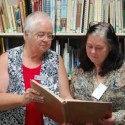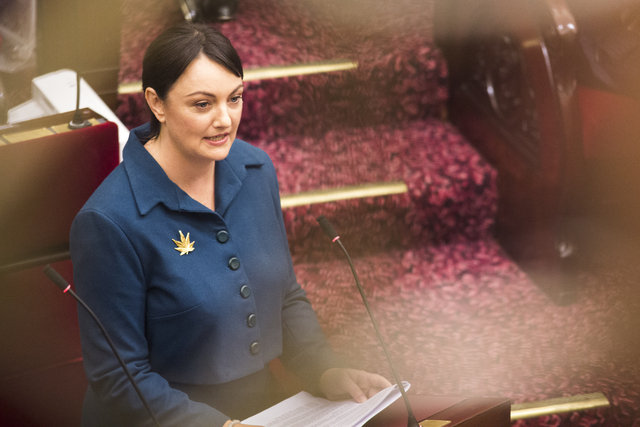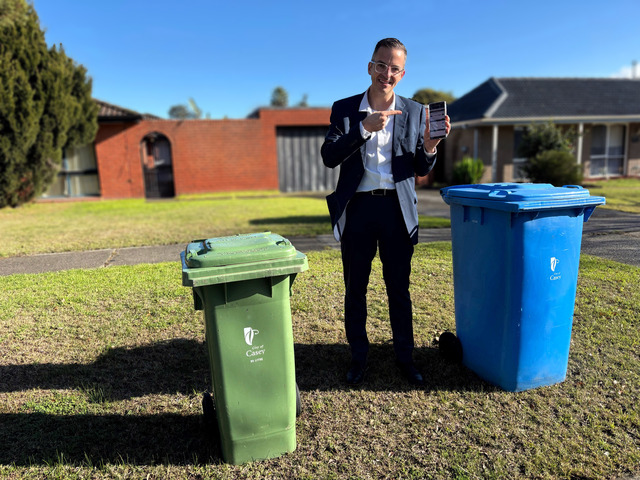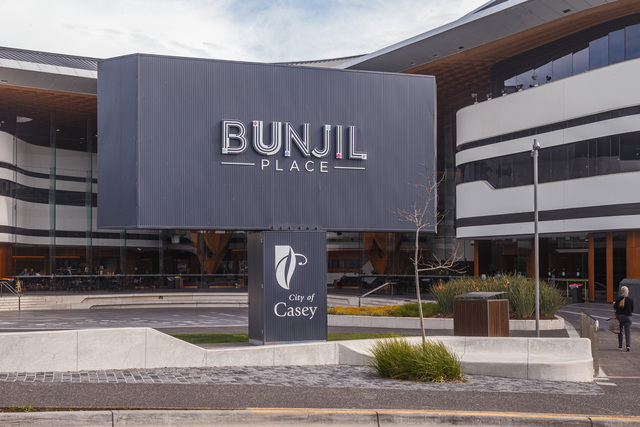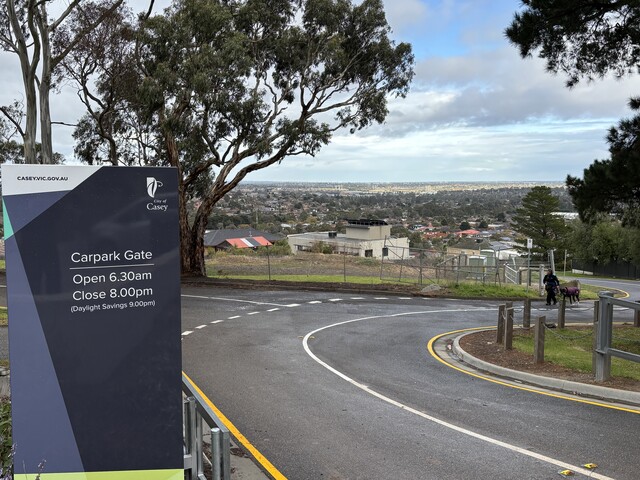By LACHLAN MOORHEAD
THE Narre Warren History Group last week held a special conference investigating the contribution of Australian women to the war effort in World War I.
Jenny Baker, a passionate member of the Narre Warren and District Family History Group, ran the discussion following the creation of her website, ‘Looking for the Evidence’ – an active database collating the names and known facts about Australian Women who were involved in WWI.
Ms Baker’s hour-long presentation took place ahead of next month’s Anzac Day, which also marks the 100th anniversary of the Anzac landings at Gallipoli.
Asked to speak to schools about the involvement of women in WWI, Ms Baker has been collating information on this topic since 2007 and has so far been able to include 962 names in the database.
She said the number of women who died while serving in WWI stood out.
“One of the things I had to look at when I was doing this program for the schools was to look at questions the children might ask me,” Ms Baker told the audience.
“One of the questions that always came up was – how many women died in WWI?
“Not even the War Memorial could give me a straight answer.
“It sent me on a quest of nine months of looking at trying to find out how many women actually did die during WWI and I can tell you that two weeks ago, I found yet another one that had not been registered.”
Ms Baker said that because not all the women were part of an Australian military service, rather they were involved in a “civilian-type service”, they “don’t get on anybody’s war memorial.”
The names Ms Baker has managed to gather for the database highlight women from a range of different organisations, with many but certainly not all, belonging to nursing and medical groups.
The organisations these women served include the Royal Australian Navy Nurses (RAN Nurses), the Territorial Force Nursing Service (TFNS), the Australian Veterinary Hospital, the Salvation Army Nurses, the American Red Cross, the Australian Munitions Workers and the American Red Cross, among many others.
There were also members of the Women’s Royal Naval Service, the Women’s Royal Air Force, Women’s legion Motor Drivers, stowaways, and more.
To become a stowaway, women would try and disguise themselves as a man in the aim of actually fighting in the war.
“A lot of what you’re going to see here tonight, you won’t find at the Australian War Memorial,” Ms Baker said.
“They have a policy of only covering Australian military units. So anything that’s not an Australian military unit, you will not find a lot of information – if any – at the Australian War memorial.
“Just keep that in mind when we start to look at this, you’re going to see by the end of tonight how big the issue if for us when we’re looking at Australian women in WWI.”
To check out Ms Baker’s database and take a look back through WWI history, visit www.sites.google.com/site/archoevidence/home.

